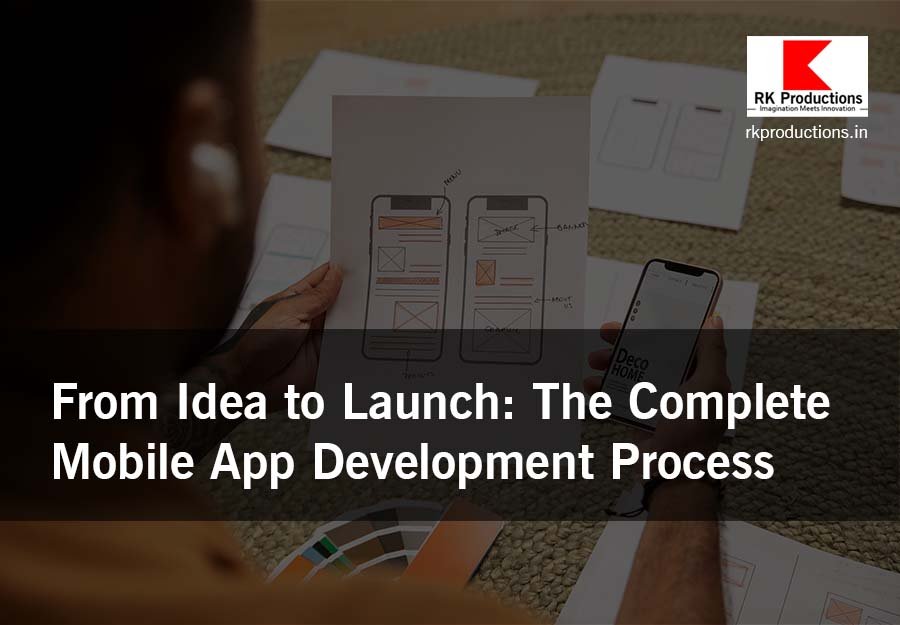Introduction
- Briefly introduce the importance of mobile apps in today’s digital landscape.
- Mention how the app development process can seem overwhelming but can be broken down into manageable steps.
- State the goal: guiding readers through the complete journey of mobile app development from concept to launch.
Ideation and Research
- Define the Purpose: What problem is the app solving? Who is the target audience?
- Market Research: Analyze competitors, trends, and audience needs.
- Establish Goals: Clear objectives for the app’s features and functionality.
Key Point: Understand your audience and the market before building an app to avoid costly mistakes.
Wireframing and Prototyping
- Wireframing: Sketch the app’s layout and structure. Focus on user flow and intuitive navigation.
- Prototype Development: Use tools like Figma or Adobe XD to create interactive prototypes.
Key Point: Prototyping helps visualize the app, gather early feedback, and validate design decisions before development.
UI/UX Design
- User Experience (UX): Ensure ease of use, seamless navigation, and a smooth user journey.
- User Interface (UI): Design the app’s look and feel with attention to detail, colors, typography, and icons.
Key Point: Good design boosts user satisfaction and engagement.
Choosing the Right Tech Stack
- Native vs. Cross-Platform: Discuss the pros and cons of native development (iOS and Android separately) versus cross-platform solutions (e.g., Flutter, React Native).
- Backend and Frontend Technologies: What powers the app? Choosing the right databases, frameworks, and APIs.
Key Point: The tech stack should align with the app’s complexity, user needs, and future scalability.
Development (Frontend & Backend)
- Agile Development Approach: Break down the project into smaller sprints, focusing on delivering functional features.
- Frontend: Client-side interface development using Swift, Kotlin, or cross-platform solutions.
- Backend: Setting up databases, servers, and APIs to handle app logic, data storage, and user management.
Key Point: Focus on a smooth collaboration between frontend and backend for efficient functionality.
Testing and Quality Assurance
- Manual and Automated Testing: Functional testing, usability testing, performance testing, and security checks.
- Bug Fixing and Refinement: Continuous testing through the development phase ensures the app is free from major bugs.
Key Point: Comprehensive testing ensures a high-quality app and reduces post-launch issues.
Preparing for Launch
- App Store Guidelines: Ensure compliance with Apple App Store and Google Play Store guidelines.
- Beta Testing: Release a beta version to gather user feedback and identify final tweaks.
- App Store Optimization (ASO): Optimize the app’s description, keywords, and screenshots for visibility in app stores.
Key Point: A smooth launch involves thorough preparation to maximize visibility and user downloads.
Post-Launch Maintenance and Updates
- Monitoring Performance: Keep an eye on crash reports, user feedback, and analytics.
- Regular Updates: Push updates to fix bugs, improve performance, and introduce new features.
Key Point: An app’s journey doesn’t end with the launch. Continuous updates are key to long-term success.
Conclusion
- Summarize the steps covered, emphasizing that the mobile app development process is a blend of creativity, technical expertise, and strategic thinking.
- Encourage readers to follow a structured approach to transform their app idea into a successful product.
This structure will give your readers a comprehensive guide on developing a mobile app from scratch.


